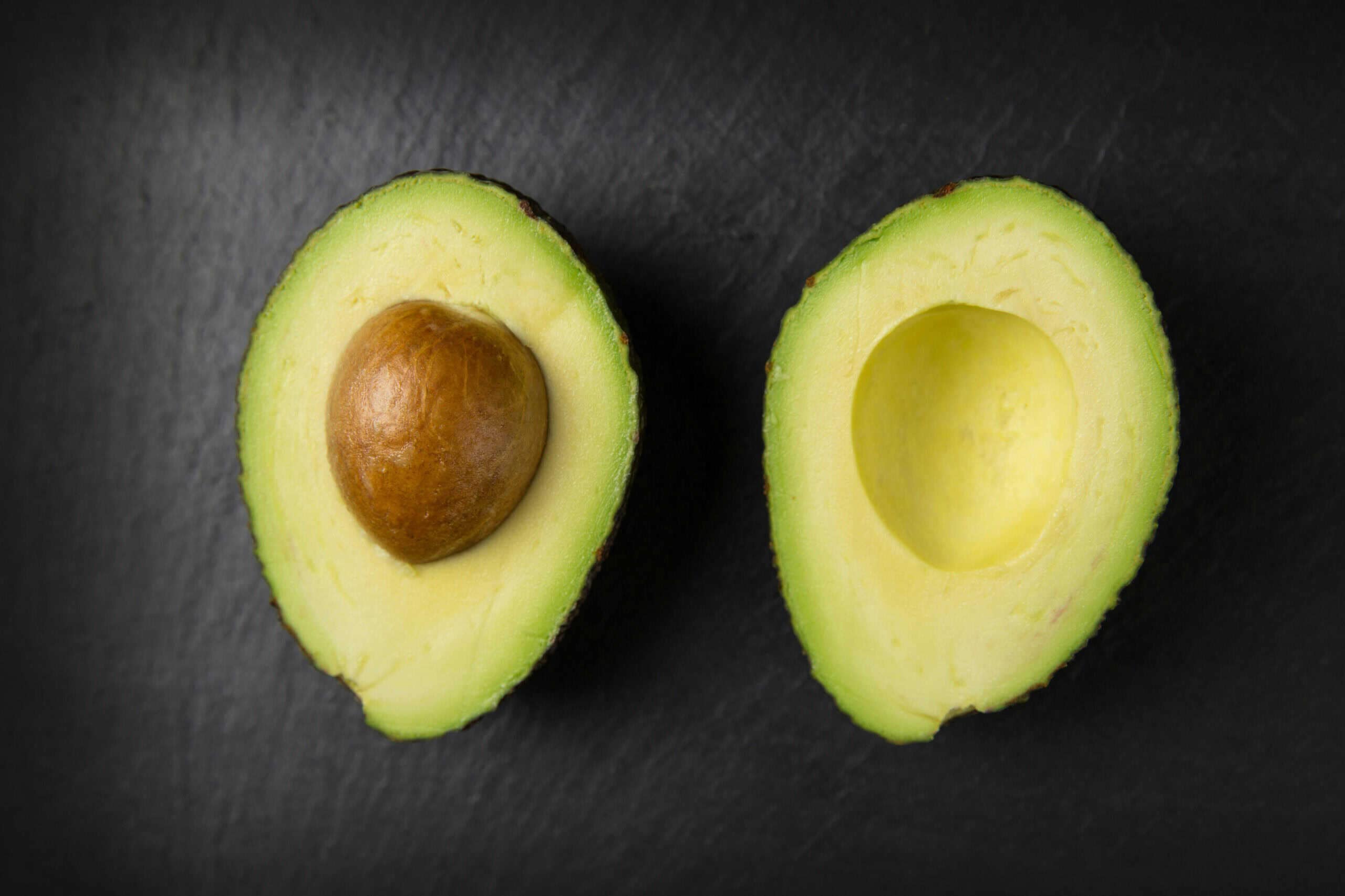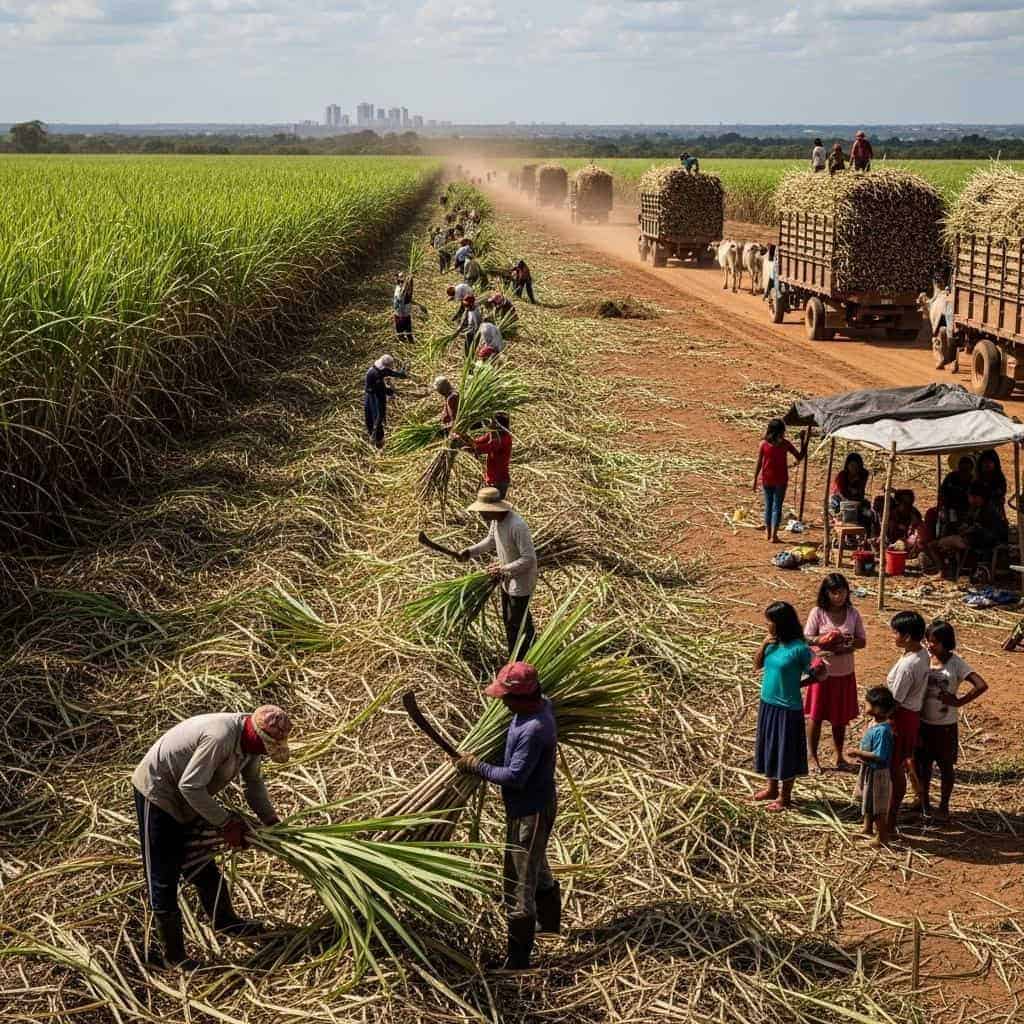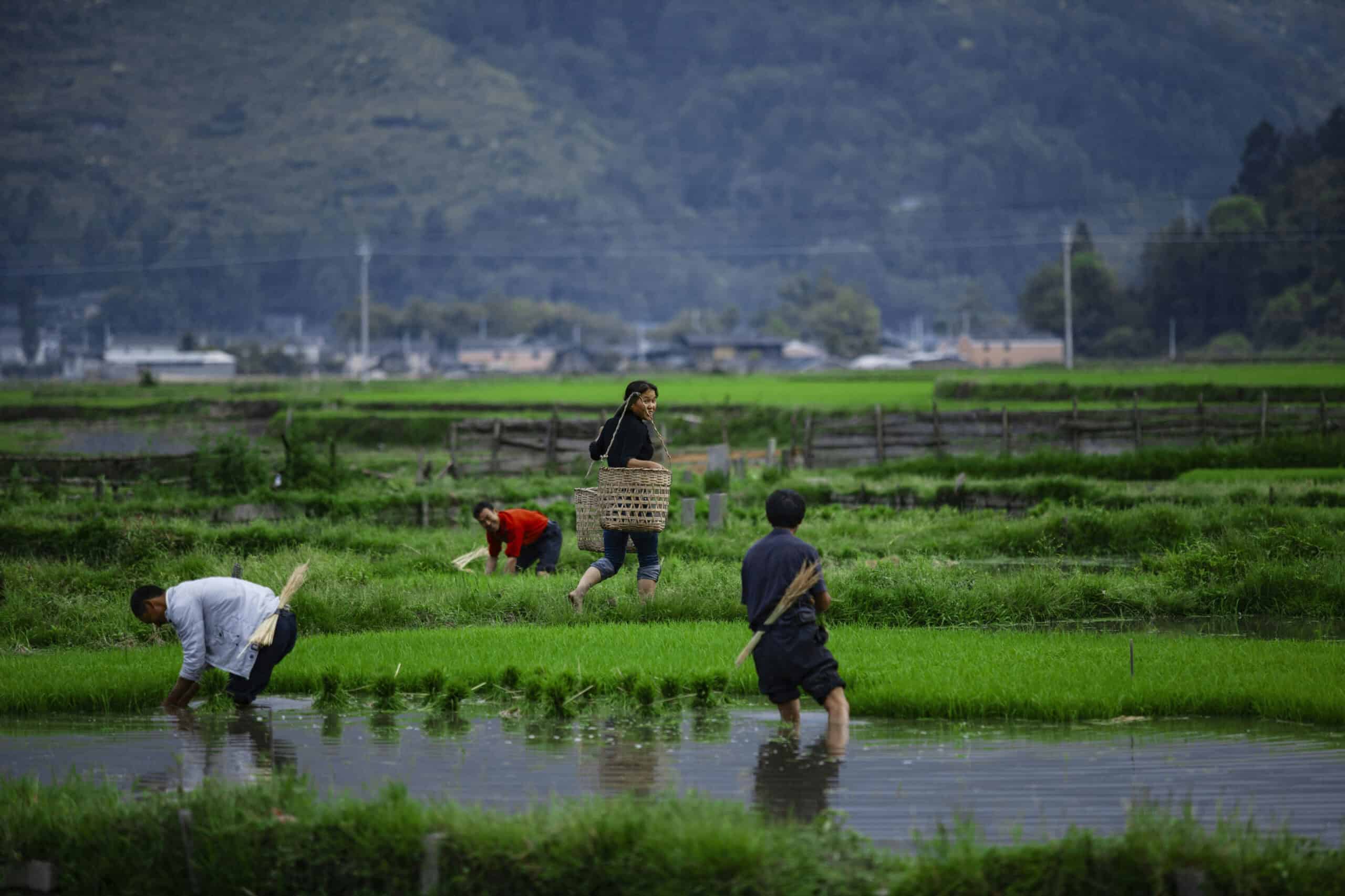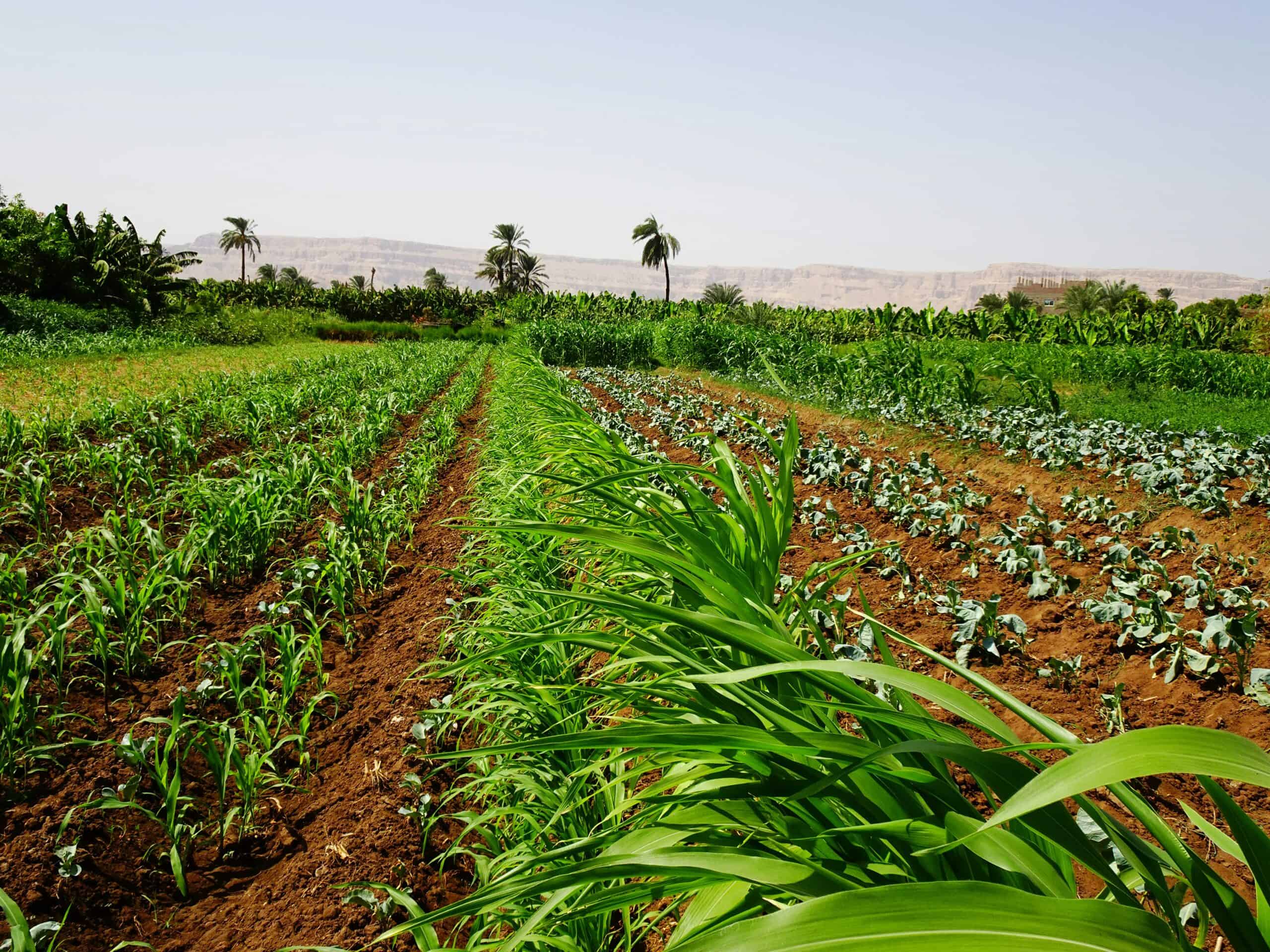The Foods That Prove Global Inequality Is on Your Plate
Every bite of food tells a story stretching far beyond the dinner table. From morning coffee to evening chocolate, everyday choices are shaped by global inequalities in wealth, labor, and environmental impact. The foods we consume often hide complex realities: low wages for farmers, exploitative trade systems, and environmental degradation. Unveiling these hidden costs urges us to recognize the connections between our plates and the persistent disparities that shape the world’s food system.
1. Quinoa: From Andean Staple to Superfood

Once a dietary cornerstone for communities in Bolivia and Peru, quinoa’s transformation into a global “superfood” has had unintended consequences. As demand soared in wealthy nations, prices skyrocketed, making it increasingly unaffordable for local populations who had long relied on it for nutrition. Many Andean families now struggle to include quinoa in their diets, highlighting how global food trends can displace traditional foods from those who need them most.
2. Cocoa: Chocolate’s Bitter Supply Chain

The sweet taste of chocolate masks a harsh reality for many cocoa farmers in West Africa, where over 60% of the world’s cocoa is produced. Despite booming sales and high profits in Western markets, countless farmers in countries like Ivory Coast and Ghana live below the poverty line. Child labor remains widespread, with children toiling in unsafe conditions to harvest cocoa beans.
3. Coffee: Beans Brewed in Inequity

Coffee may be a global morning ritual, but the farmers who grow it often see little benefit from its popularity. In countries like Ethiopia and Colombia, smallholder farmers receive only a tiny fraction of the profits from the global coffee trade. They contend with volatile market prices and unfair trading systems, leaving many in poverty despite high retail prices abroad.
4. Avocados: Green Gold and Social Costs

Avocados have become a symbol of healthy eating in the US and Europe, but their soaring demand comes at a steep price for Mexican communities. Expanding avocado farms contribute to deforestation and intensify water shortages, disrupting local ecosystems and livelihoods. The “green gold” rush often prioritizes export profits over the wellbeing of rural residents, exacerbating environmental and social challenges.
5. Seafood: Exploitation Beneath the Surface
The global appetite for seafood conceals troubling human rights abuses in its supply chain, especially in Southeast Asian fisheries. Migrant workers in countries like Thailand often face forced labor, debt bondage, and unsafe conditions while harvesting seafood destined for Western supermarkets. These workers can endure grueling hours with little pay and virtually no legal protections, all to satisfy global demand for affordable shrimp, prawns, and fish.
6. Palm Oil: Hidden in Everyday Products

Palm oil is a common ingredient in everything from snacks to shampoo, yet its production carries a heavy toll. In Indonesia and Malaysia, vast rainforests are cleared to make way for palm oil plantations, leading to massive biodiversity loss and driving endangered species closer to extinction. The expansion of these plantations also results in the displacement of Indigenous communities, stripping them of their land and livelihoods.
7. Rice: The Price of Export
Rice is a staple for billions, but its global trade comes with hidden costs. In major exporting countries like India and Thailand, the push to meet international demand often leads to overextraction of water resources and widespread labor abuses among vulnerable farm workers. While exporters and global markets profit, local environments and communities bear the brunt of depleted water tables and poor working conditions.
8. Bananas: Low Prices, High Human Cost

Bananas are a dietary staple in many Western households, but their affordability often comes at the expense of plantation workers in Latin America. Laborers on banana farms in countries like Honduras and Guatemala endure poor wages, long hours, and exposure to toxic chemicals to keep prices low in Europe and North America. These harsh conditions highlight the true cost behind the fruit’s everyday presence on supermarket shelves.
9. Tea: Steeping in Inequity

Tea is one of the world’s most beloved beverages, yet the workers who cultivate and harvest it in countries like India and Kenya often live in poverty. Despite the industry’s immense profitability, many tea workers endure extremely low wages, inadequate housing, and limited access to healthcare or education. The sharp contrast between tea’s global popularity and the persistent exploitation of those who produce it exposes deep-rooted inequalities.
10. Sugar: Sweet Profits, Sour Lives

Sugar’s presence in countless Western foods is sustained by harsh realities on plantations in countries like Brazil and Cambodia. Workers often endure grueling conditions, low pay, and health risks, while Indigenous and rural communities face violent land grabs to clear space for new plantations. These abuses ensure a steady flow of cheap sugar to global markets, amplifying profits for corporations while leaving lasting harm in producing regions.
Conclusion
The foods we enjoy each day are deeply connected to global systems of inequality, often carrying hidden costs for people and the planet. From the fields of Latin America to the plantations of Asia, our plates reflect a web of exploitation and imbalance. Recognizing these realities is the first step toward more ethical consumption and advocating for fairer, more sustainable food systems. To learn how you can make informed choices, visit Fairtrade International for resources and guidance on supporting food justice.
.article-content-img img { width: 100% }







